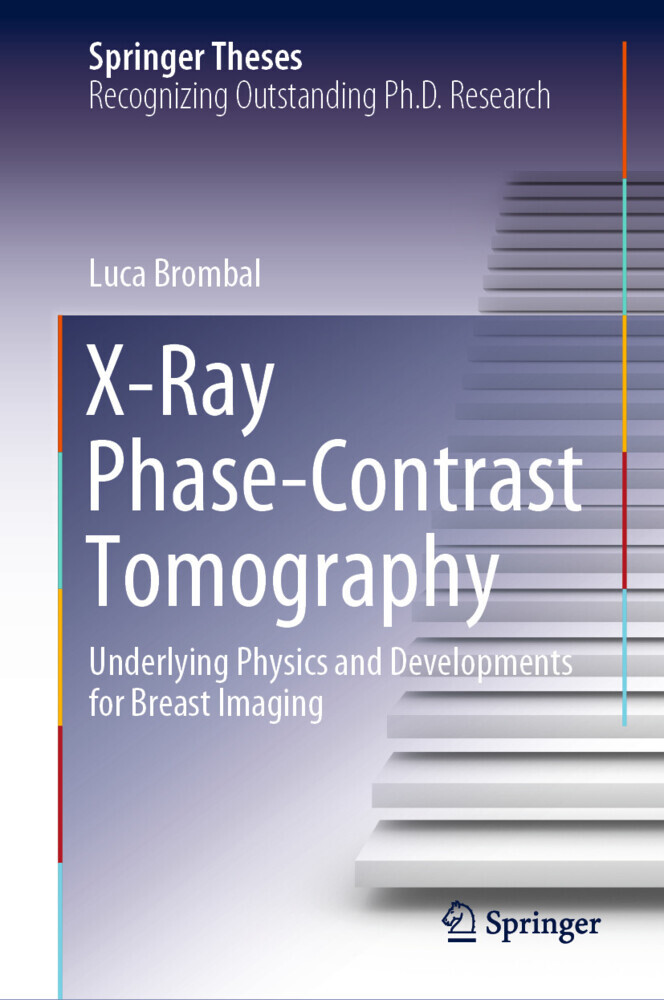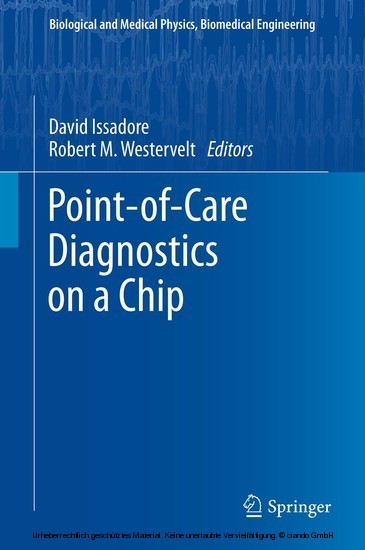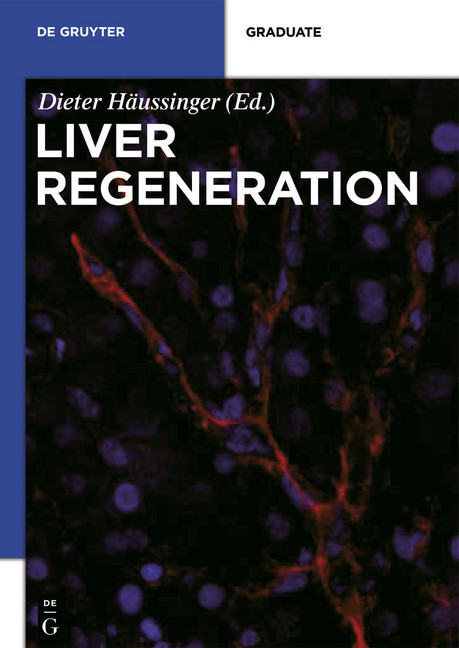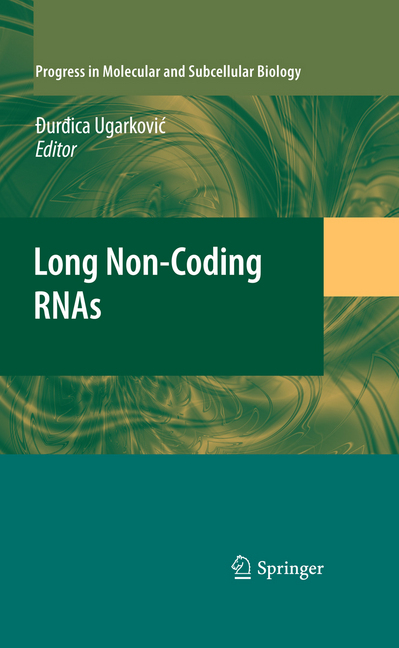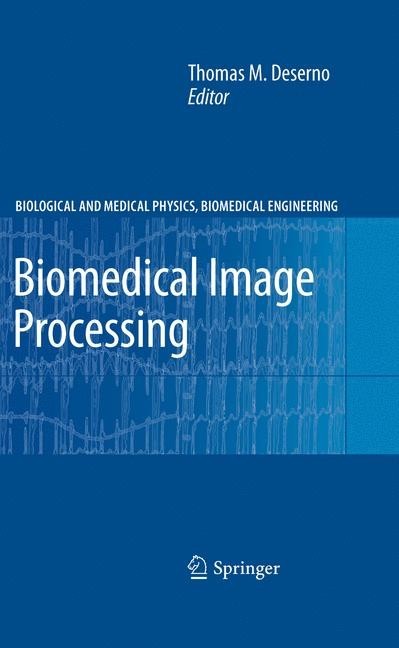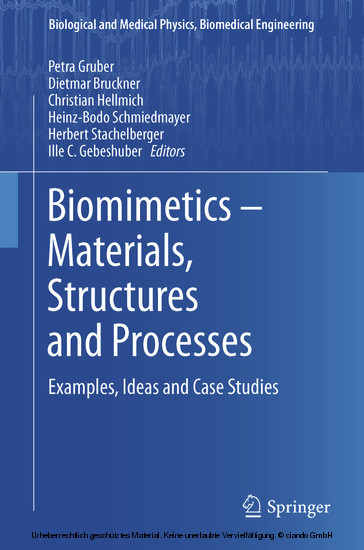Phosphorus in Action
Biological Processes in Soil Phosphorus Cycling
Phosphorus in Action
Biological Processes in Soil Phosphorus Cycling
Phosphorus (P) is a finite resource which is essential for life. It is a limiting nutrient in many ecosystems but also a pollutant which can affect biodiversity in terrestrial ecosystems and change the ecology of water bodies. This book collects the latest information on biological processes in soil P cycling, which to date have remained much less understood than physico-chemical processes. The methods section presents spectroscopic techniques and the characterization of microbial P forms, as well as the use of tracers, molecular approaches and modeling of soil-plant systems. The section on processes deals with mycorrhizal symbioses, microbial P solubilization, soil macrofauna, phosphatase enzymes and rhizosphere processes. On the system level, P cycling is examined for grasslands, arctic and alpine soils, forest plantations, tropical forests, and dryland regions. Further, P management with respect to animal production and cropping, and the interactions between global change and P cycling, are treated.
1;Preface;6 1.1;Reference;9 2;Contents;10 3;Contributors;12 4;Part I: Methods;18 4.1;Chapter 1: Soil Organic Phosphorus Speciation Using Spectroscopic Techniques;19 4.1.1;1.1 Introduction;19 4.1.1.1;1.1.1 Why Spectroscopy?;20 4.1.2;1.2 Solution 31P NMR Spectroscopy;22 4.1.2.1;1.2.1 Sample Preparation;24 4.1.2.2;1.2.2 Sensitivity;26 4.1.2.3;1.2.3 Resolution;28 4.1.2.3.1;1.2.3.1 Identification of P Species;28 4.1.2.4;1.2.4 Quantitation;31 4.1.3;1.3 Solid-State 31P NMR SpectroscopySolid-state 31P NMR spectroscopy;33 4.1.3.1;1.3.1 Sample Preparation;34 4.1.3.2;1.3.2 Sensitivity;35 4.1.3.3;1.3.3 Resolution;36 4.1.3.4;1.3.4 Quantitation;37 4.1.4;1.4 P XANES Spectroscopy;38 4.1.4.1;1.4.1 Sample Preparation;40 4.1.4.2;1.4.2 Sensitivity;40 4.1.4.3;1.4.3 Resolution;40 4.1.4.4;1.4.4 Quantitation;42 4.1.5;1.5 Conclusions;45 4.1.6;1.6 Future Directions;46 4.1.7;References;47 4.2;Chapter 2: Characterization of Phosphorus Forms in Soil Microorganisms;53 4.2.1;2.1 Microorganisms as a Pool of Phosphorus in Soil;53 4.2.2;2.2 Cultivation and Extraction Methods;56 4.2.2.1;2.2.1 Culturing of Microorganisms;56 4.2.2.2;2.2.2 Extraction of Microorganisms from Soil;57 4.2.3;2.3 Methods for Analysis of Chemical Forms of Phosphorus;58 4.2.3.1;2.3.1 Total P;58 4.2.3.2;2.3.2 P Speciation Using 31P NMR;59 4.2.3.3;2.3.3 P Speciation by Chromatographic, Spectrometric, Staining, and Enzymatic Techniques;60 4.2.3.3.1;2.3.3.1 P in DNA and RNA;60 4.2.3.3.2;2.3.3.2 P in Lipids;61 4.2.3.3.3;2.3.3.3 P in Metabolites;62 4.2.3.3.4;2.3.3.4 P in Teichoic Acids and Other Compounds;63 4.2.4;2.4 Phosphorus Forms in Cultured and Extracted Soil Microorganisms;63 4.2.4.1;2.4.1 Analysis of P Forms in Pure Cultures Using 31P NMR;63 4.2.4.2;2.4.2 Analysis of P Forms in Microbial Cells Extracted from a Ferralsol;65 4.2.5;2.5 Conclusions and Outlook;68 4.2.6;References;69 4.3;Chapter 3: The Use of Tracers to Investigate Phosphate Cycling in Soil-Plant Systems;74 4.3.1;3.1 Introduction;74 4.3.2;3.2 Use of P Radioisotopes to Study Soil Processes and to Probe Soil P Pools;76 4.3.2.1;3.2.1 Isotopic Dilution of P in Soil-Solution Systems: The Principles;77 4.3.2.2;3.2.2 Isotopic Dilution of Phosphate Ions in Soil-Solution Systems: Selected Applications;80 4.3.2.2.1;3.2.2.1 Assessment of Availability of Phosphate Ions for Plants;80 4.3.2.2.2;3.2.2.2 Quantification of Phosphate Mineralized from Soil Organic Matter and from Soil Microorganisms;82 4.3.2.3;3.2.3 Isotopic Dilution of Phosphate Ions in Soil-Solution Systems: Limits and Answers;85 4.3.2.3.1;3.2.3.1 Measuring Very Low Concentrations of Phosphate Ions in Solution;85 4.3.2.3.2;3.2.3.2 Are P Radioisotopes Irreversibly Fixed in Soils That Sorb Very High Amounts of Phosphate Ions?;86 4.3.2.4;3.2.4 Application of Isotopic Dilution Techniques to Soil-Plant Systems;87 4.3.3;3.3 Use of P Radioisotopes to Trace the Fate of P Sources in the Soil-Plant System;89 4.3.3.1;3.3.1 Labeling the P Source (Direct Labeling Technique);89 4.3.3.2;3.3.2 Labeling the Plant-Available Soil Phosphate (Indirect Labeling Technique);90 4.3.4;3.4 Using P Radioisotopes to Assess Foraging Strategies of AMF;91 4.3.5;3.5 Can the Isotopic Composition of Oxygen Bound to Phosphorus Be Used to Study Biological P Transformations in Soil-Plant Syst;94 4.3.5.1;3.5.1 What Do We Know Already?;94 4.3.5.2;3.5.2 What Should Be Done to Apply This Approach to Soil-Plant Systems?;97 4.3.6;3.6 Concluding Remarks and Research Needs;98 4.3.7;References;99 4.4;Chapter 4: Molecular Approaches to the Study of Biological Phosphorus Cycling;107 4.4.1;4.1 Introduction;107 4.4.2;4.2 DNA Extraction;107 4.4.2.1;4.2.1 Soil Samples;107 4.4.2.2;4.2.2 Plants and Hyphae;109 4.4.2.3;4.2.3 Rolling Cycle Amplification;109 4.4.3;4.3 Molecular Approaches Using the Sequences of SSU rRNA and ITS Regions;110 4.4.3.1;4.3.1 Clone Libraries;110 4.4.3.2;4.3.2 PCR-DGGE;110 4.4.3.3;4.3.3 Restriction Fragment Length Polymorphism;112 4.4.4;4.4 Methods Targeting Active Microbes and Functional Genes;112 4.4.4.1
Bünemann, Else K.
Oberson, Astrid
Frossard, Emmanuel
| ISBN | 9783642152719 |
|---|---|
| Artikelnummer | 9783642152719 |
| Medientyp | E-Book - PDF |
| Copyrightjahr | 2010 |
| Verlag | Springer-Verlag |
| Umfang | 483 Seiten |
| Sprache | Englisch |
| Kopierschutz | Digitales Wasserzeichen |





